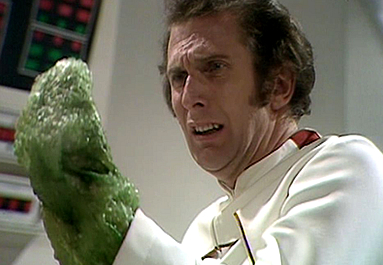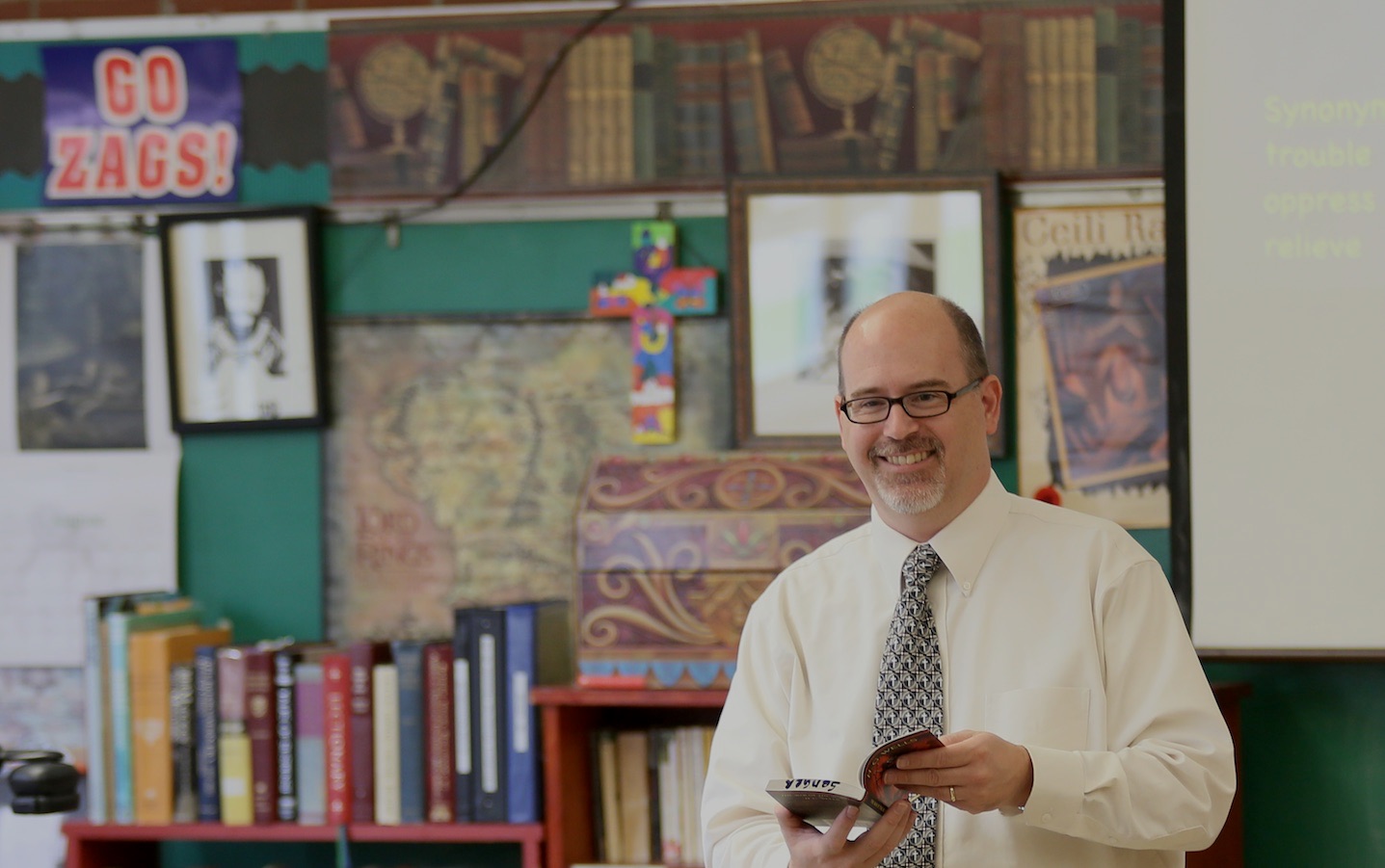How long have you been teaching? Five years? Ten years? Twenty? Forty? The BBC science fiction TV show Doctor Who has been around for fifty years. That’s a long time for a show to stick around, especially for one so quirky and eccentric. It’s found a fresh audience the past few years since it rebooted in 2005, and it continues with a new season currently filming and veteran actor Peter Capaldi taking on the title role from departing Matt Smith.
The show began an educational program intending to use time travel as a way to explore scientific ideas and famous moments in history. Thought it may have strayed from its initial purpose, there’s a lot we can learn about teaching from the time-traveling time lord known as the Doctor.
Regenerate every once in a while.
The most famous and unique characteristic of the Doctor is his ability to regenerate—to get an entirely new body and personality every so often, while still remaining the same person. While we teachers (regrettably) can’t turn in our tired bodies for new ones, we can rejuvenate and reinvigorate our teaching. Maybe it’s time to teach a new novel, or move to another grade level. Instead of simply recycling our lesson plans from year to year, we can introduce some new angle to a unit we’ve taught for years. Maybe it’s time to try something out of our comfort zone, like a global project, or an interdisciplinary unit taught in conjunction with another teacher. We don’t need an entire personality makeover, but is there some new tradition we can start in our classroom that will energize the students and ourselves?
Travel with companions.
Sarah Jane Smith, Rose Tyler, Amy Pond—the companions of the Doctor are almost as memorable as the Doctor himself. The Doctor always travels with a companion or two because they make him better. They keep him on the right path when he strays, they remind him of who he is when forgets, and they get him out of trouble when he risks too much. The same is true with teaching. We need colleagues for the same reasons. Our fellow teachers and administrators who travel this journey of education with us are invaluable to our success. Teaching can be an isolating activity in which we find ourselves locked in a room with twenty or thirty young minds looking to us for leadership. It’s easy to forget we’re not alone. Whether it’s the teachers in our building or the teachers in our Personal Learning Network on Twitter, Google+, or Facebook, we need help from friends to stay on track, to remember who we are, and to get us out of trouble.
It’s not about big budgets or special effects.
 The early years of Doctor Who are infamous for their cheesy effects and cheap costumes—green bubble wrap, duct tape—you get the picture. In spite of the low-budget effects, the show became an icon of British culture because of the power of the stories it told. The same is true of good teaching. It’s not the latest technology or a state-of-the-art classroom that is most essential to effective teaching. My principal is fond of telling me about the best college math professor she ever had, who simply walked into to the room each day holding nothing but a piece of chalk. Good teachers make the best of whatever environment they are given, with whatever tools they have at their disposal. Would it be great to teach in a 1:1 environment with air-conditioned rooms, smart whiteboards, and the latest textbooks? Sure, it would. But at its heart, good teaching is a relationship: between teacher and student, between students and the subject matter.
The early years of Doctor Who are infamous for their cheesy effects and cheap costumes—green bubble wrap, duct tape—you get the picture. In spite of the low-budget effects, the show became an icon of British culture because of the power of the stories it told. The same is true of good teaching. It’s not the latest technology or a state-of-the-art classroom that is most essential to effective teaching. My principal is fond of telling me about the best college math professor she ever had, who simply walked into to the room each day holding nothing but a piece of chalk. Good teachers make the best of whatever environment they are given, with whatever tools they have at their disposal. Would it be great to teach in a 1:1 environment with air-conditioned rooms, smart whiteboards, and the latest textbooks? Sure, it would. But at its heart, good teaching is a relationship: between teacher and student, between students and the subject matter.
Everyone is important.
In the Doctor Who episode A Christmas Carol, the scrooge-like Sardick tells the Doctor that the person trapped inside a hibernation chamber is “nobody important.” The Doctor replies, “Do you know, in 900 years of time and space I’ve never met anyone who wasn’t important.” Would we say the same about the students we’ve taught? In all our years in education have we ever met anyone whom we ignored or treated as non-important? In our classes right now, whom do we tend to overlook, to dismiss, to avoid? Our belief in the dignity of every person compels us to reflect and actively seek out these students and build our relationship with them.
We may not last fifty years in a classroom, but we stand a better chance of being successful teachers if we find ways to renew ourselves, to spend time with our colleagues, to connect with our students, and to treat everyone with dignity.


As an assistant principal and catechist, this is a nice reminder that we all have a little of the Dr. in us.
“…good teaching is a relationship: between teacher and student, between students and the subject matter.”
Yes. In my life that was best realized in architecture studio: prof, students, sketchpaper. I try to maintain that same dynamic today in Catechism class.